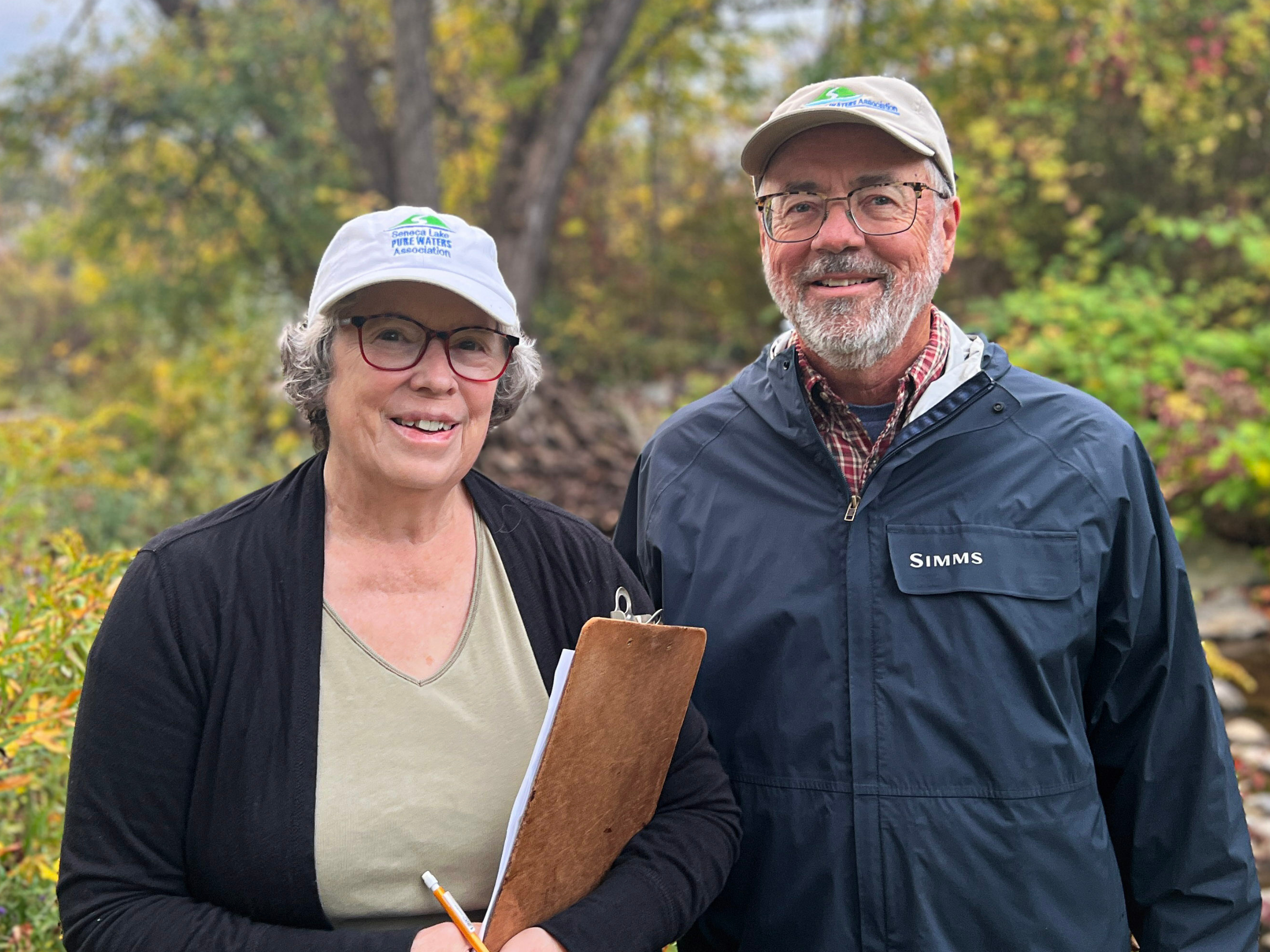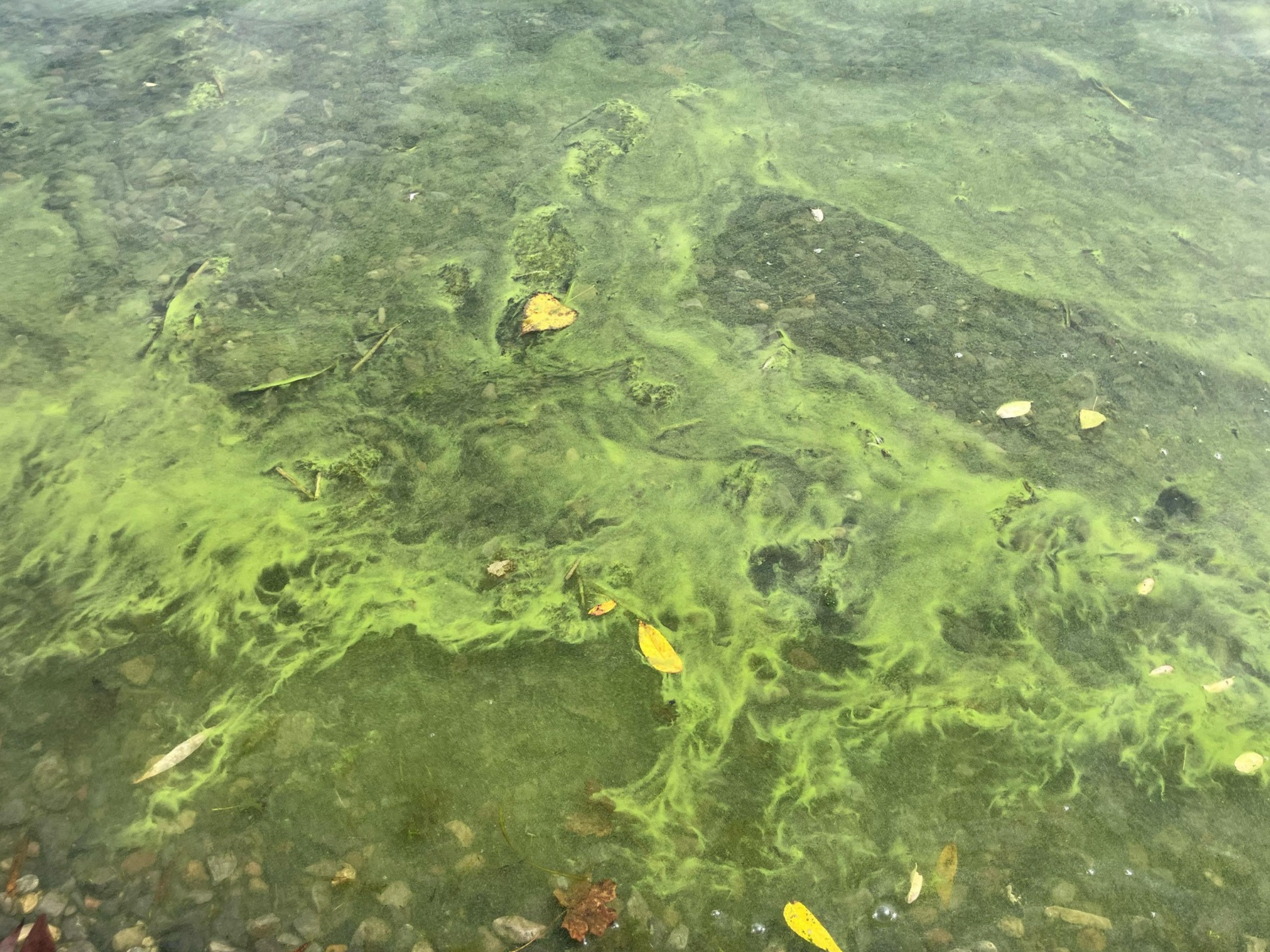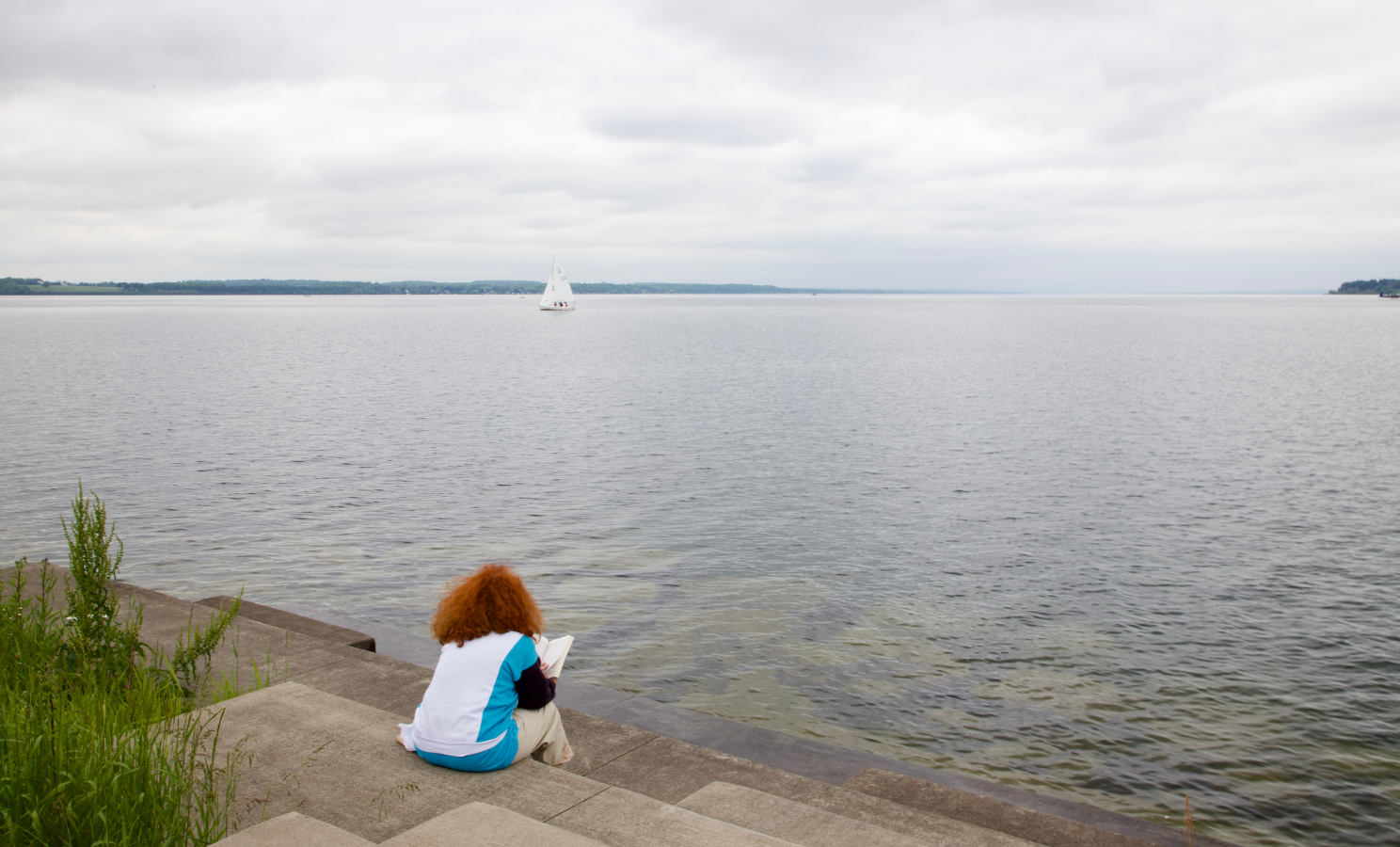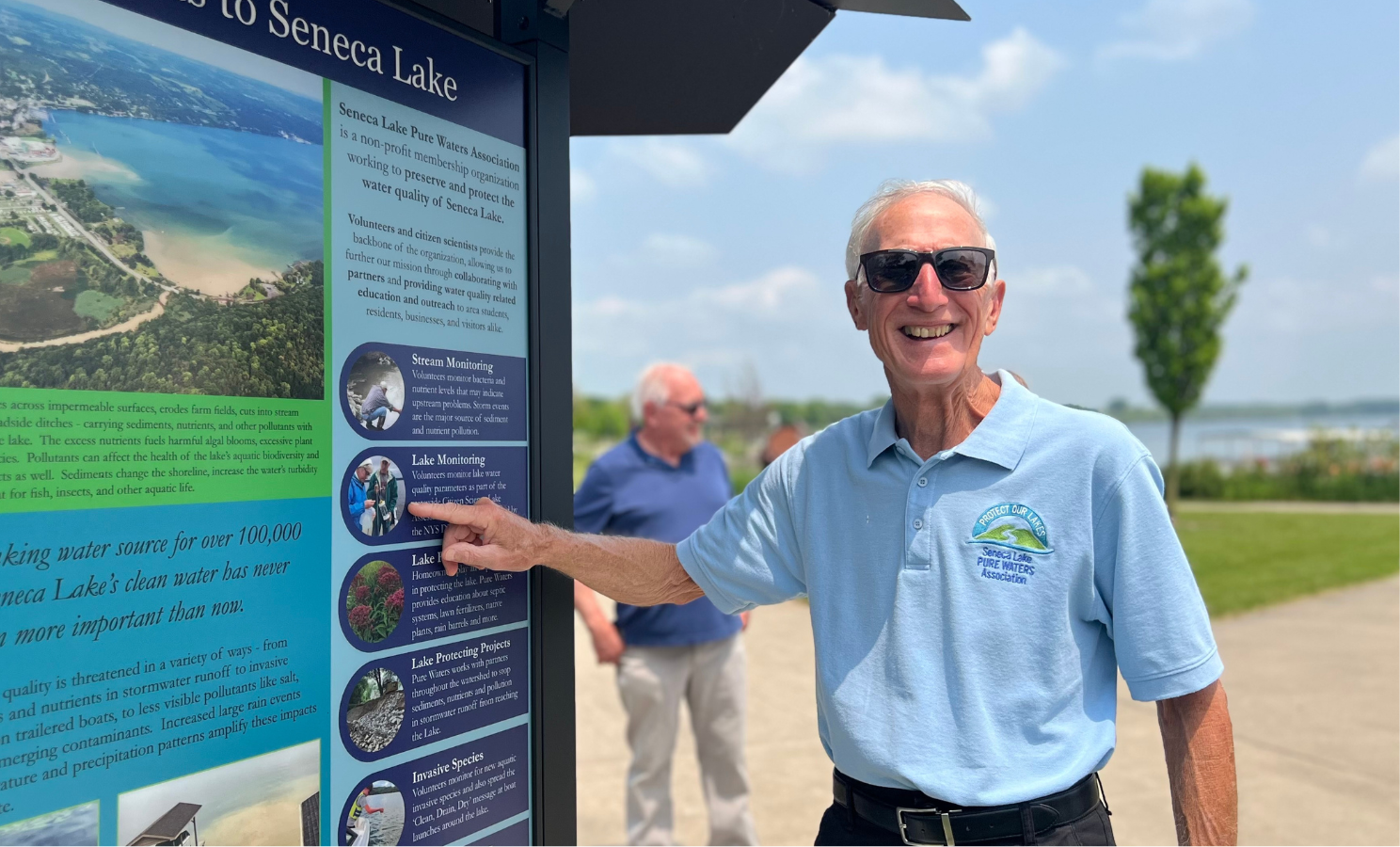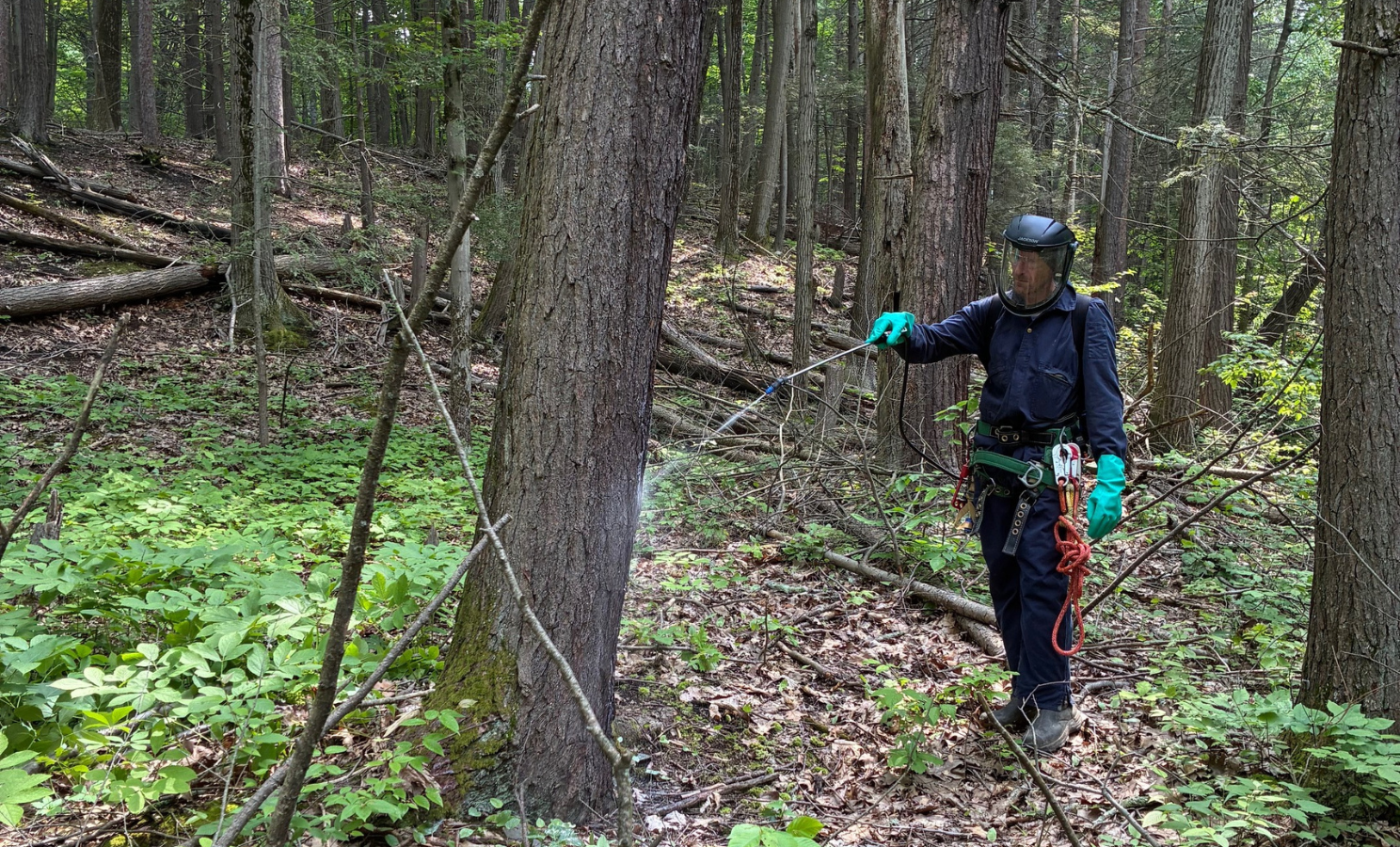October 28, 2025
Ben Klein Named Association Director of Pure Waters
GENEVA, N.Y. – Seneca Lake Pure Waters Association is pleased to announce Benjamin Klein as its new Association Director. Klein brings over 16 years of experience in journalism, media, and communications, and will lead Pure Waters’ efforts to protect and enhance the health of Seneca Lake and its watershed. A native of Long Island, N.Y.,...






